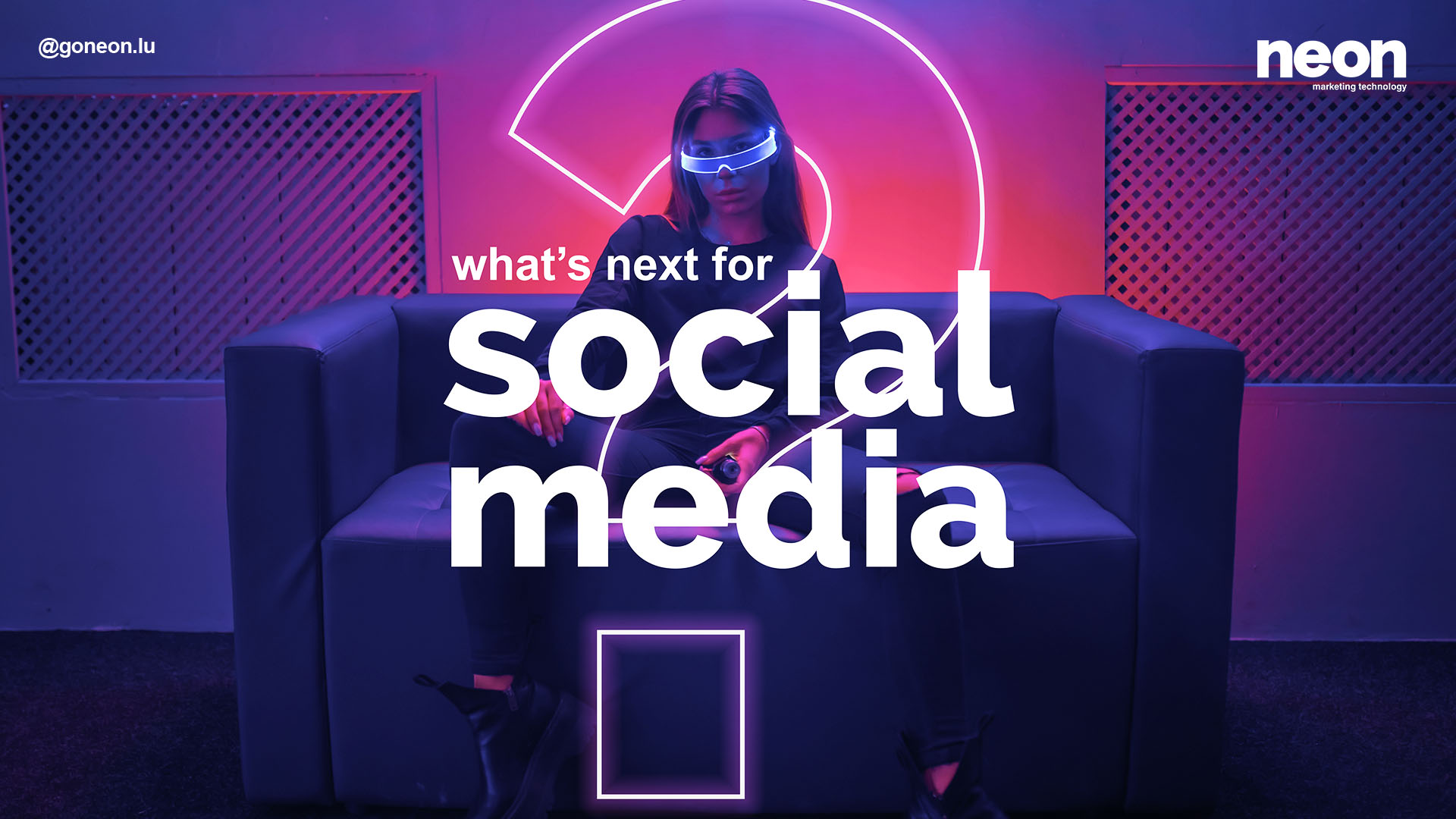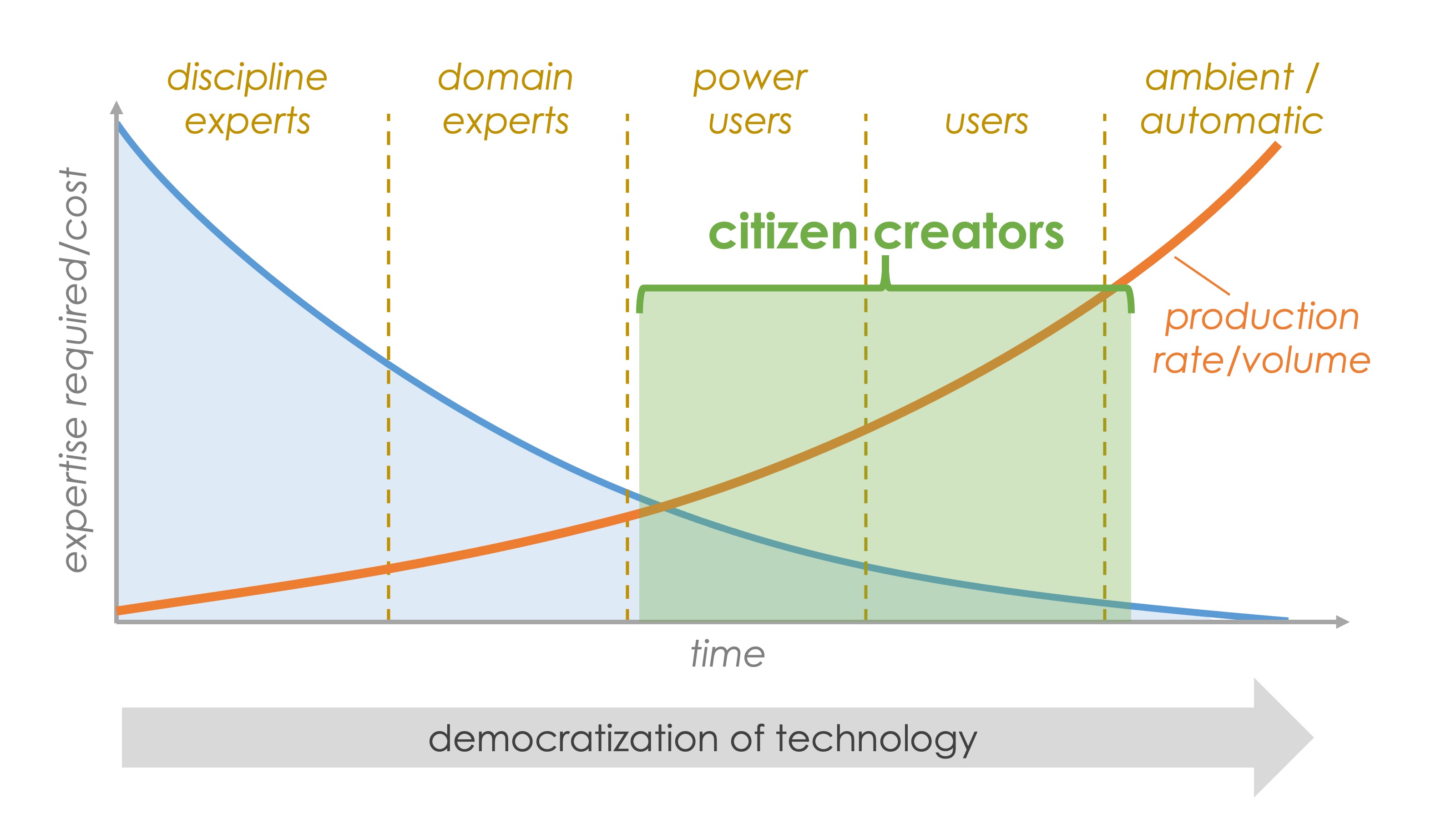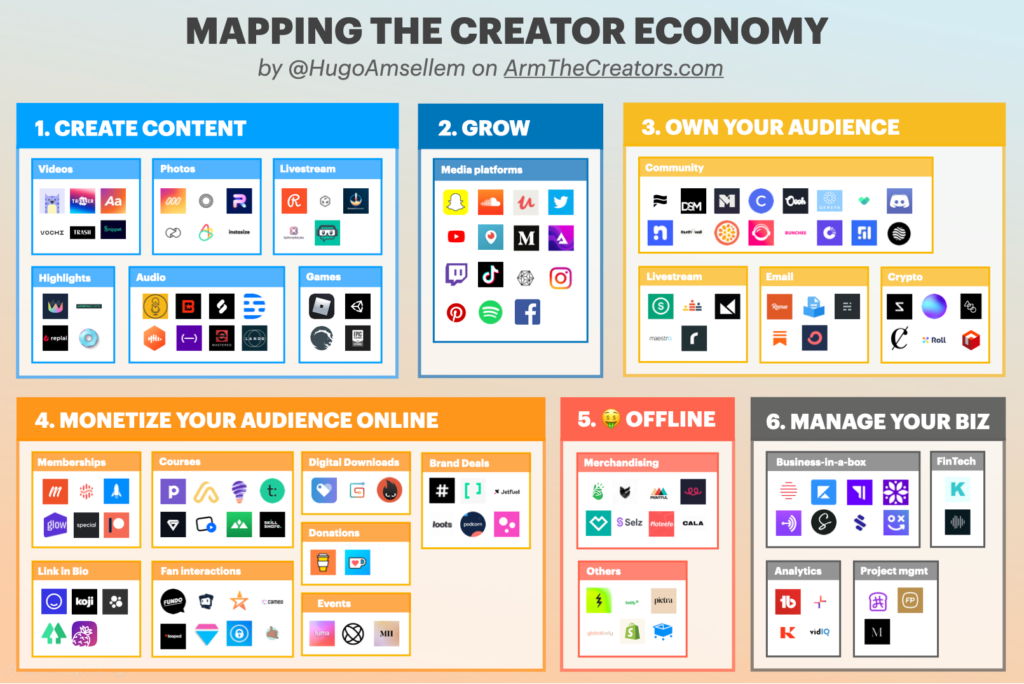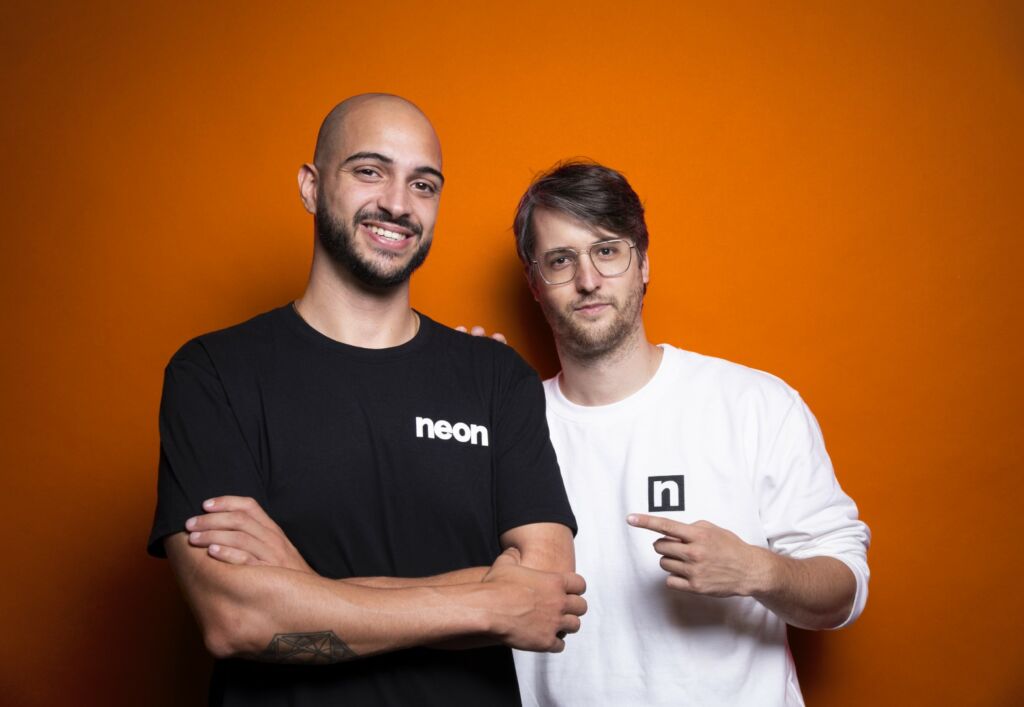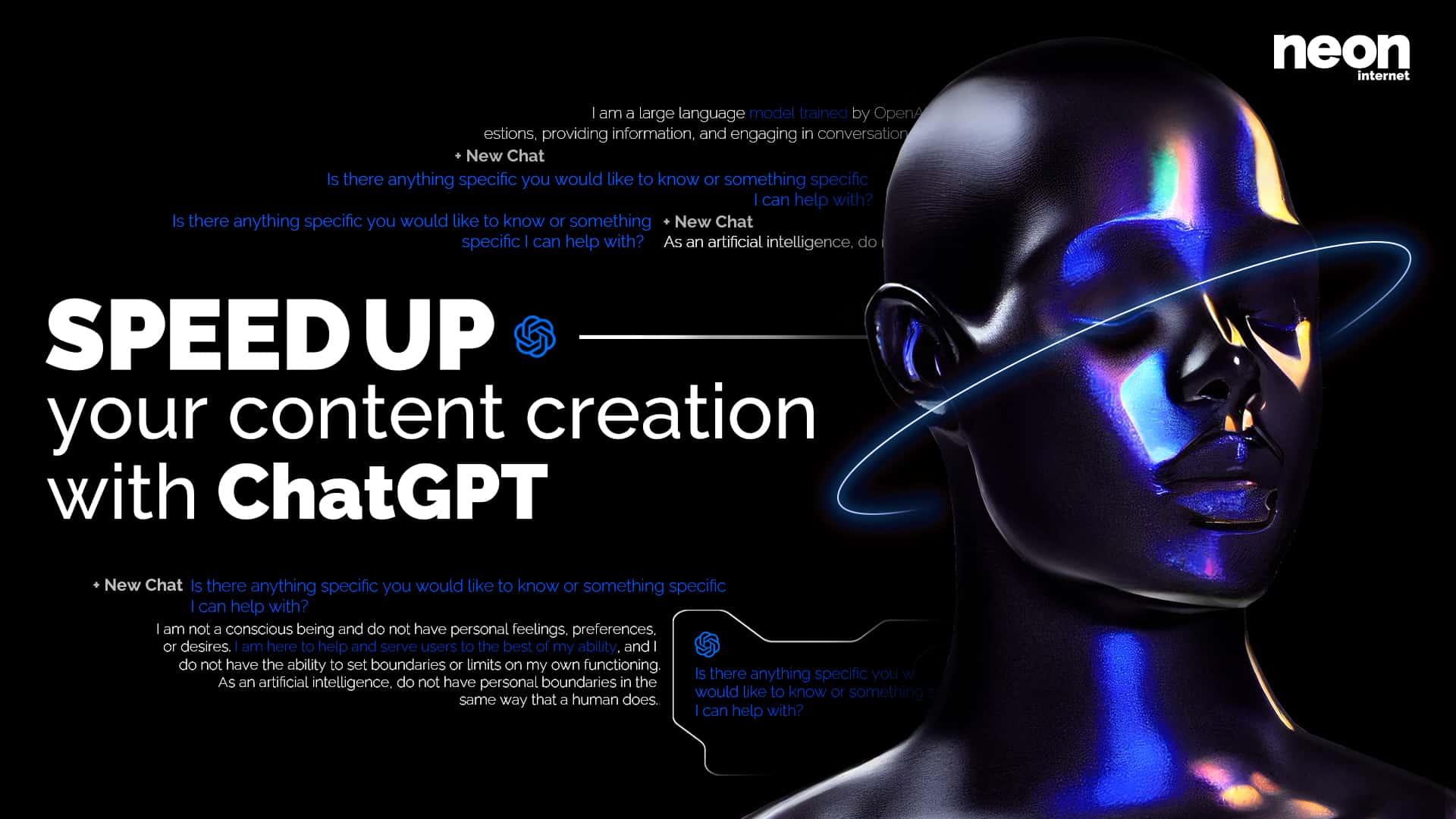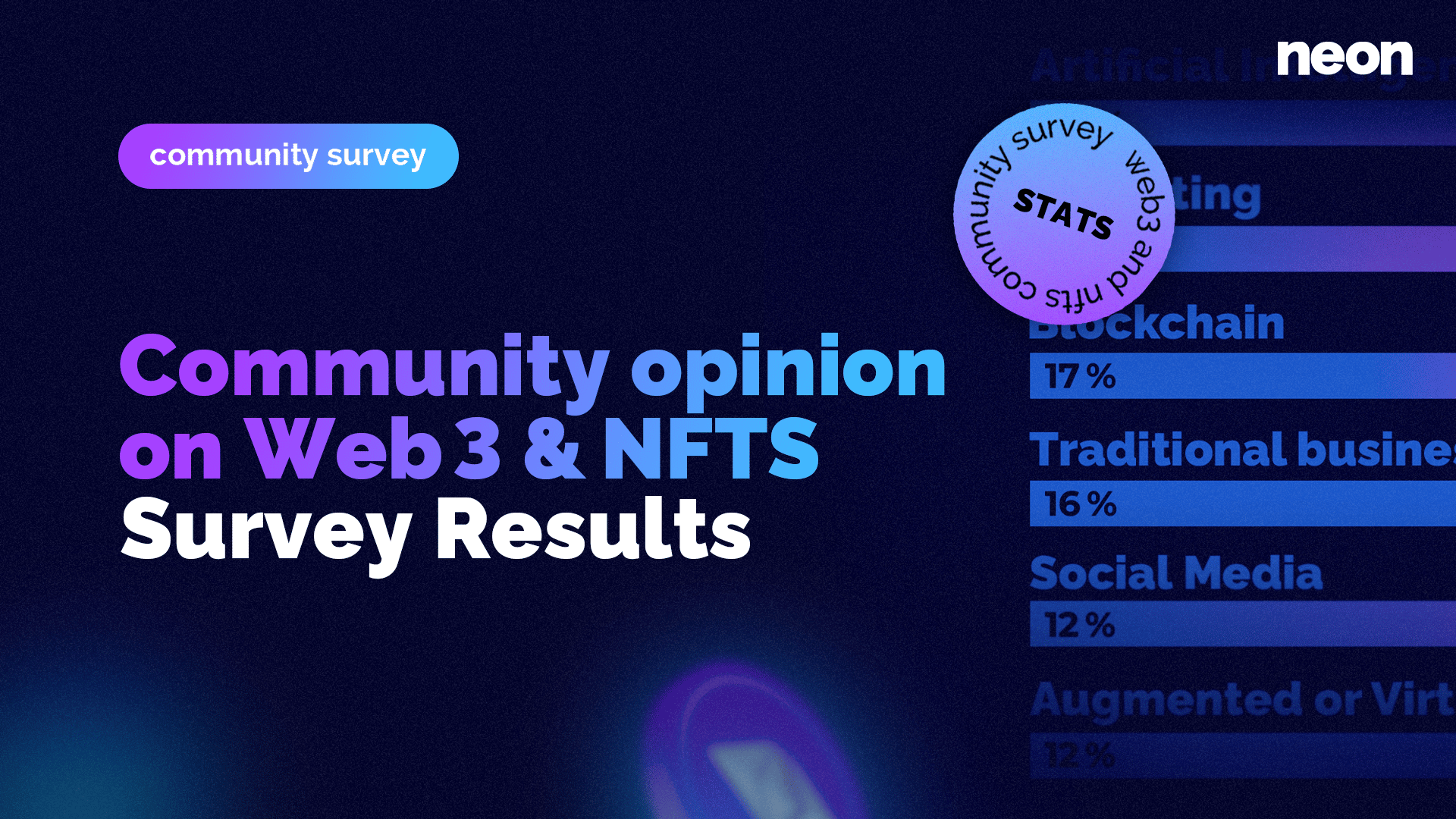In a similar fashion to our “3 future technologies” article, which was released at the beginning of 2020, we would like to jump at the opportunity and present you our thoughts on the future of social media this year.
The future of social media and advertising
This year, the COVID-19 pandemic has forced companies to digitize and actively engage customers on online platforms more than ever. Consequently, we firmly believe that markets will see a growing demand for online marketers and content creators. An increasing amount of companies will be looking for in-house competencies in these areas.
This year, for social networks, lots of major changes came faster than expected. The “Creator economy” is booming. Among social networks, TikTok was arguably the big winner during international lockdowns.
Now, what will happen in the future? Right now, we see three main reasons why major changes are unavoidable and that they might happen sooner than we think.
- the perception of social media in our society is changing
- a new generation enters the field (Generation Alpha)
- technology keeps evolving; we’re moving beyond the smartphone
1. The perception of social media in our society is changing
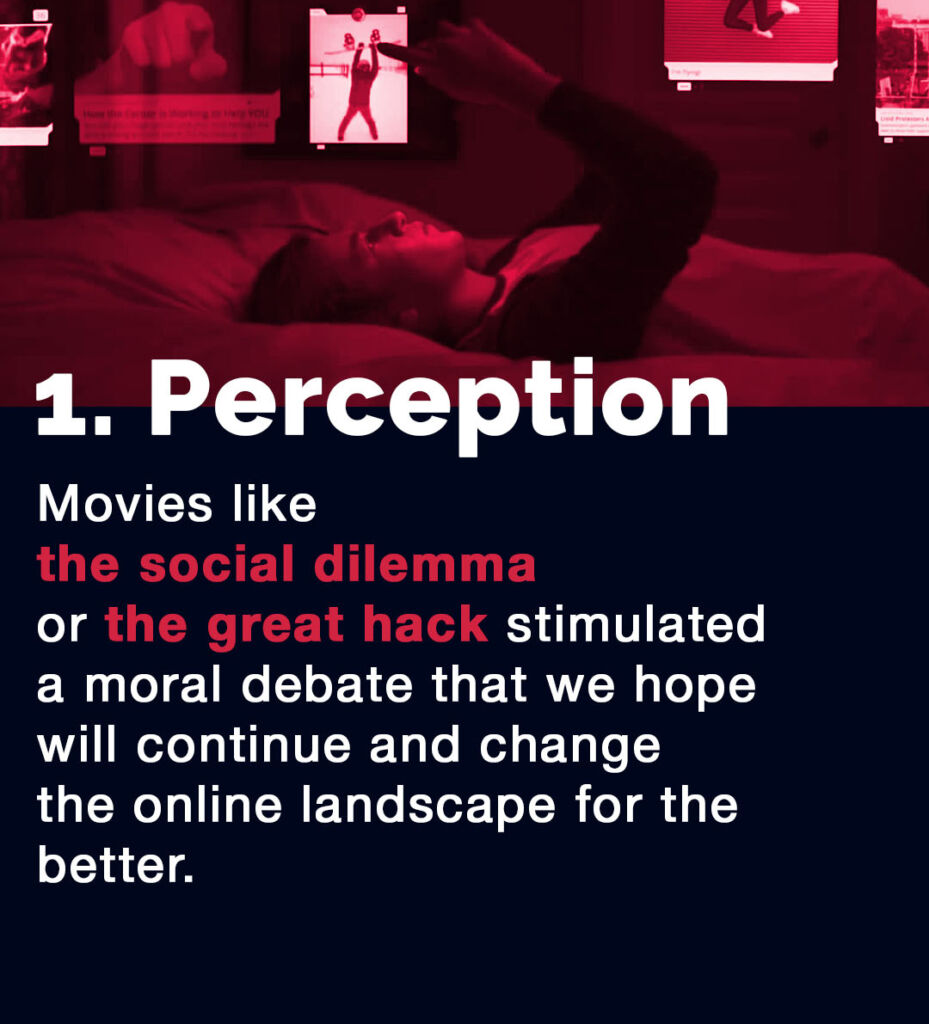
Slowly, but surely, due to movies like “The Social Dilemma” and “The Great Hack”, people are getting more self-aware about their social media and internet usage. This does not mean that we will witness a slowdown with new tech and digitalisation. However it implies nonetheless that in the future more questions will be asked about the power and especially the abuse of power that is happing through social networks right now. If 2020 showed us anything (again), it’s that social networks have an incredible power to influence the masses.
It seems like never before did our global society have so many controversies on, but also about social networks as in 2020. From breaking up Facebook to banning TikTok, this past year was full of public and political discussions around these platforms with billions of users. For now, these debates are mostly hot air, and no real consequences can be expected, but some of the questions that were raised this year are relevant and here to stay.
Driven by economic incentives, the platforms themselves will have to come up with new ways to fight over their users’ attention. Companies and social networks per se are forced to heavily adapt to these new attitudes and public perceptions. Even though this trend has already started, it might take some time before most users really challenge the status quo.
Once new regulations and privacy-first features are put in place, they often divide the userbase. Especially with this year’s censorship during American elections on Twitter (Trump’s tweets) or the censorship of “false” Coronavirus information, we barely saw the tip of the iceberg just yet. We still have a long way to make social networks a great place for everyone’s future. The most important question here will be: How far do we allow the manipulation of the masses to go?
Significance of social media in the world
With people being better informed and the online environment adjusting to this fact, we see a realistic chance that future platforms become a tool for honest self-realization. It has never been easier to do the things you love and potentially make a living off them. No matter where you started from. This opportunity alone is what will keep driving users to social media platforms as long as those platforms manage to provide an uncorrupt experience. In the future, people will begin to increasingly see themselves as a business. They’ll put greater emphasis on self-expression and promotion, which could ultimately lead to one of the biggest media changes ever: Every person will become her/his own media enterprise.
The rise of the “creator economy”
One point that favors the creator economy is the availability of no-code tools. These tools give non-technical users the power to create websites or apps. They are called no-code tools, because before you had to be a developer with programming knowledge. The same is true for today’s powerful content creation softwares that help you do adjustments yourself.
With tools like these, anyone can be a “citizen developer” or “citizen creator.”
This creative evolution (which is taking place right now) is a major gamechanger. One might say: When everybody starts to become more of a creator, people are going to be less consumers. In the past, social media users were passive consuming targets only. If these dynamics alter, the balance of power between users and providers will also change. More users have to stay up to date and question new modifications to the platforms (because they will impact your life more directly). Users in general will be better informed and less easily manipulated.
If you want to learn more about the creator economy, we suggest to have a look at this article by Hugo Amsellen.
2. A new generation enters the field
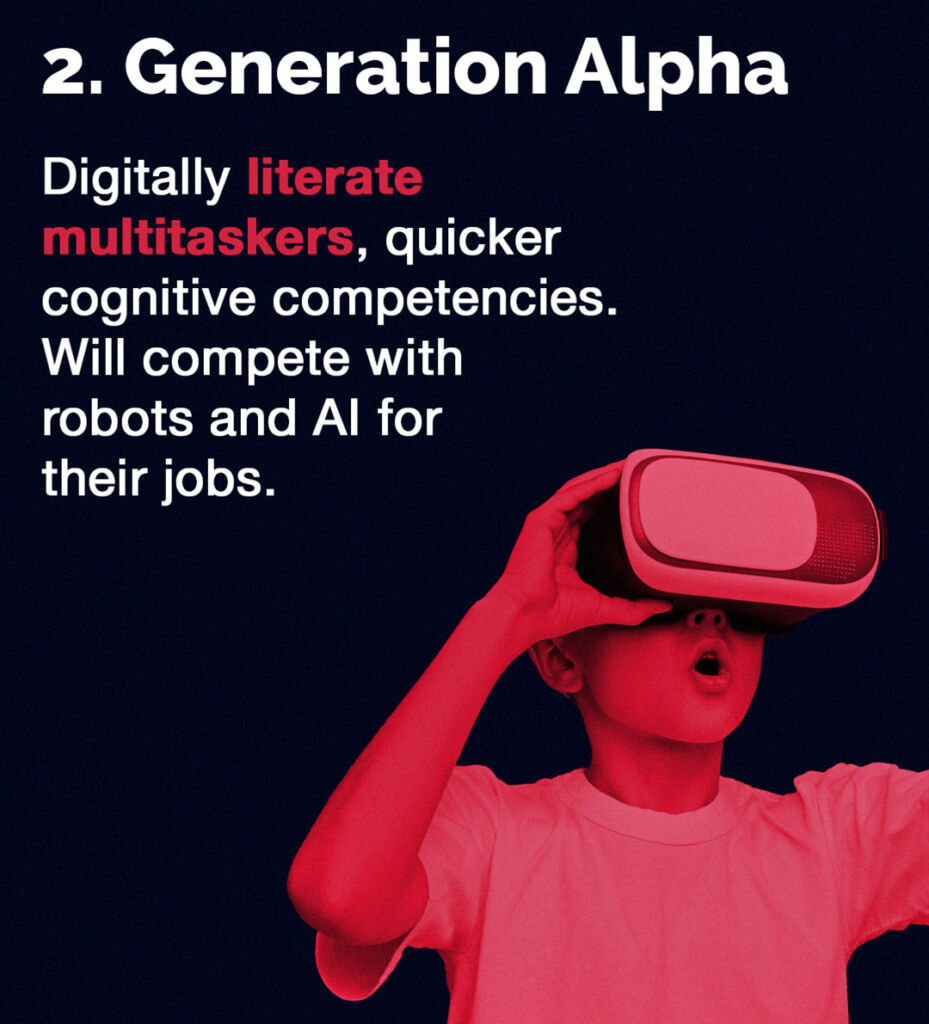
The less educated the userbase is, the easier it is to manipulate or frighten them. This might change with the young generations. After Generation Z comes Generation Alpha.
Generation Z – the current state
‘Gen Z’ is a term that’s already well-known. We define this generation as having the capacity to multitask on multiple screens and being naturally tech-savvy. An additional attribute is the fact that they are natural information-seekers – because of the endless amount of information that is available today. Markets had to adapt, and things will only continue to accelerate. Online video is bigger than ever due to platforms like TikTok, Twitch, and YouTube.
Members of Gen Z tend to follow and trust influencers more than the generations before and build emotional connections to them.
Even though Gen Z consumers are still mainly trusting in the opinion of their friends or family, the amount of trust in influencers and celebrities has grown over the last years. In fact, it seems unlikely that this development is going to stop.
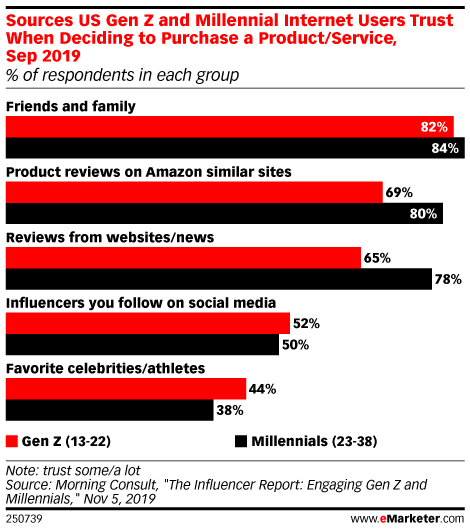
Generation Alpha – the future state
Everything we just said about Gen Z is also true for Gen Alpha. But at the same time, some things are fundamentally different. Kids of Generation Z maybe grew up in a rather digital world, but their parents didn’t!
The new generation is born into a world full of digital technology, and the parents will expose their kids sooner to it because they are part of it themselves. From day one, they experience near-perfect virtual realities. This will result in the most tech-savvy generation ever, with high digital literacy. Using devices such as smartphones, tablets, pc, and consoles will be not only normal but mandatory for them.

Another major factor is the environment that Generation Alpha is born in to. Their surrounding is going to be highly automated, even more so in the future. On the one hand, this means more time to look after yourself (your well-being, interests, etc.), but on the other hand, it requires quicker and more reactive cognitive competencies. Their attention spans will probably be even shorter than those of today’s generations.
If AIs and robots are dealing with minor tasks, everybody will have more time to think about important next steps. Resulting in even faster development and a need for better information and thought-processing. Once grown up, this generation will additionally have to compete directly with robots in many jobs and tasks. In the beginning, it might not be a rivalry and more a form of collaboration, but expect this to change rather sooner than later.
For businesses and marketers, this implies the need for highly targeted and optimized content to hook them. Further, it will be important to start focusing on younger audiences, as kids will be online more and will want to become “influencers” themselves earlier than ever. The sooner businesses target and reach out to this generation, the higher their chances are to build up a strong connection to an entire generation.
55% of children between the ages of 6 and 16 want to buy a product if their favorite YouTube or Instagram influencer uses or wears it
Today, you are already able to find many Gen Alpha influencers. Often they review toys and other things to their peers and even the parents of the kids.

One channel that exploits this niche to the fullest is “Ryan’s World.” Ryan Kaji (9 years old today) is mainly unpacking and playing with toys in front of the camera. Yet, he has been Youtube’s top earner for a couple of years in a row now! This toy-review channel is close to becoming the first 1 billion dollars Gen Alpha empire.
3. Technology keeps evolving
If we know one thing for sure, it’s that new innovative ideas are just waiting around the corner.
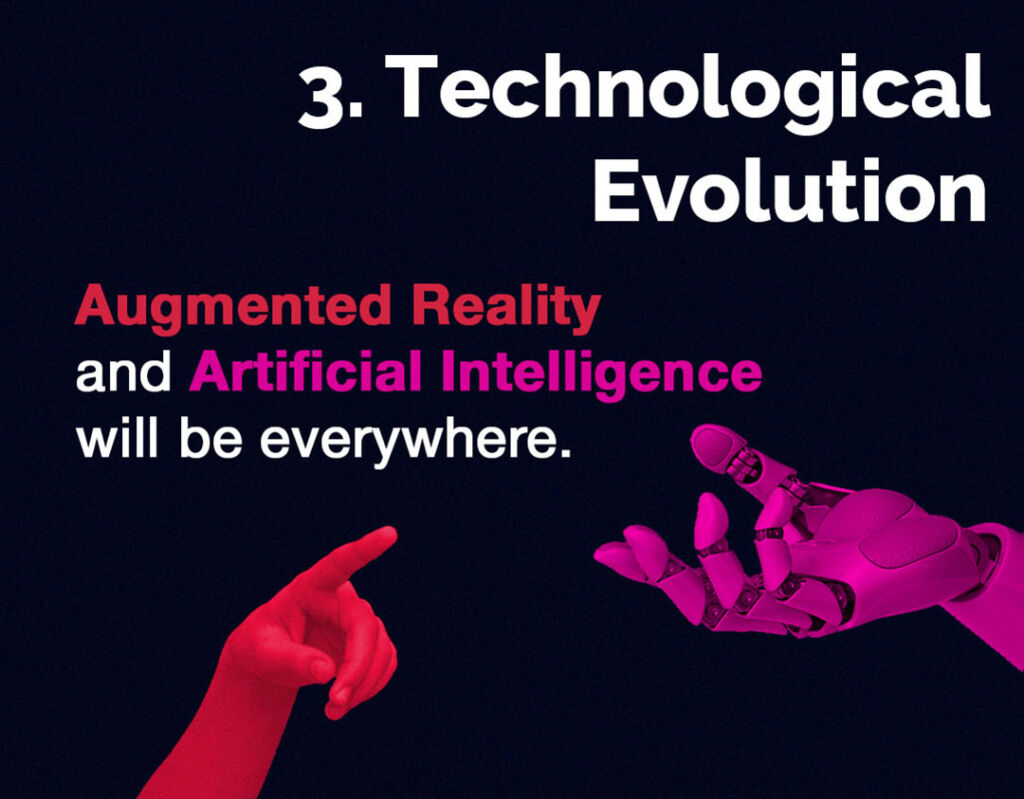
The only constant in this world is change
Not too long ago, there was no Internet or “social media,” and marketers had to reach their audiences in a completely different way. Since the first newspaper and billboard ads, we have come a long way. As you know, today, ads are being sent to the pockets of users without delay, with nothing more than a single click.
But why would advertising stop here – with the smartphone? It would be ignorant to think that we reached some kind of final destination. Or that the industry will slowly creep its way through the coming years.
In our opinion, some of the most powerful upcoming changes in the foreseeable future lie in augmented reality (AR) and artificial intelligence (AI).
AR is sneakingly settling in
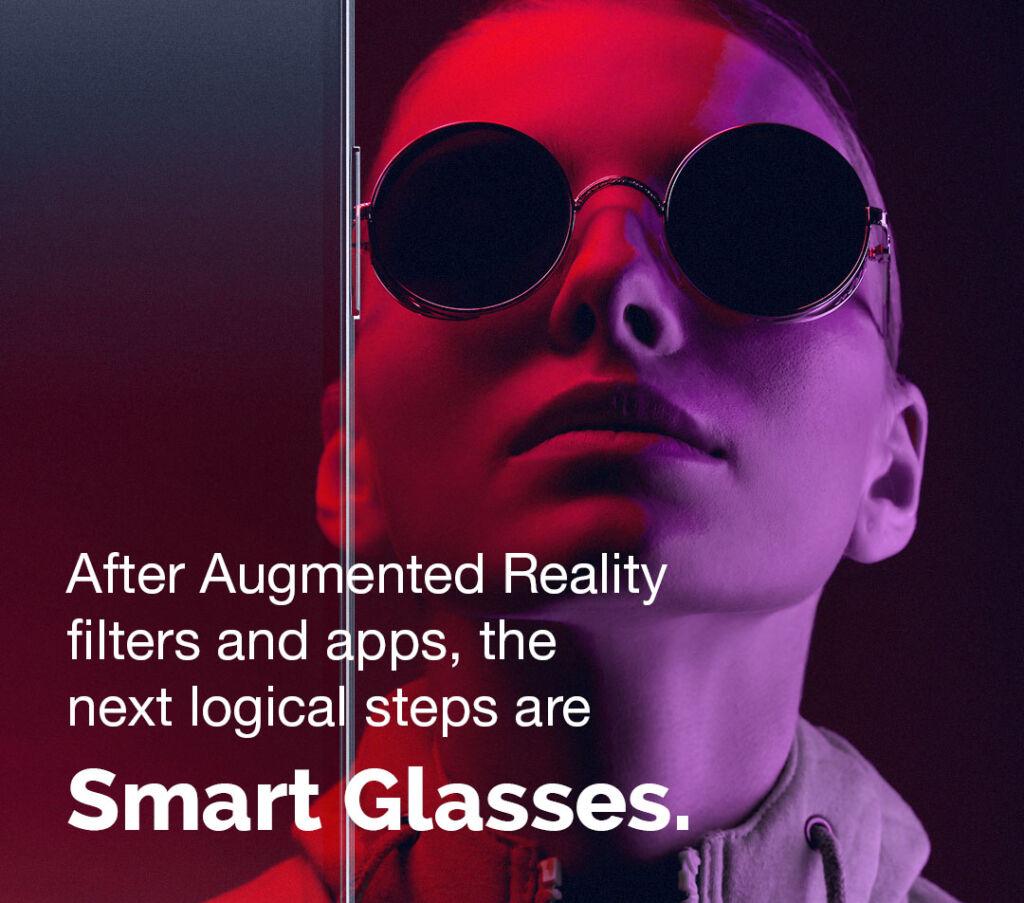
Thanks to Instagram and Snapchat’s AR filters, augmented reality has already hit the mainstream. Right now, these filters are still (mostly) limited to smartphones and are viewed as funny gadgets. This is mainly the case because people are not yet in the habit of using their phones in this particular way. But over time, this application will be seamlessly implemented in our daily life.
The next logical step from here would be smart glasses. With their introduction, we expect a fundamentally different era of how humans interact with the Internet, their surroundings, and technology in general. Evidently, this is opening up an entirely new world of possibilities for marketers. If our media consumption, behaviors, and tools change, social media platforms, and marketers alike will have to develop currently unknown methods to reach clients successfully. Managing to be among the first to adapt to these trends will provide massive competitive advantages.
How would your future social media usage or marketing campaigns look like if smart glasses become the next big thing tomorrow?
AI is everywhere already
As for AI, we have also reached a level of integration that was just unthinkable a few years back. OpenAI’s GPT-3 algorithm can now write content about any topic within seconds. Deepfake + Deep Voice lip-synching tools like synthesia.io already allow us to generate personas that look and speak like humans. These two tools alone can be combined into a powerful, truly ground-breaking content creating factory. For social platforms, this means that they will have to fight even more against misinformation. We believe it’s only fair to say that deep-fakes are among the most dangerous technologies ever created by humankind. Therefore, it is crucial that social platforms set up protocols to properly flag and take down any content that is not clearly marked as a deepfake.
Deep-fakes in most cases are still not perfect yet, but it gets harder and harder to tell what is real and what is fake. Especially, when you play videos in a rather bad quality.
Conclusion
Overall, we believe that the future is bright for those who are able to follow the technological evolutions. In 2020, we have seen a tremendous amount of conflict potential rising on social media’s battlefield. This potential will grow over time. The time to act is now. Educate yourself and open your mind so that you can participate in building a better and informed future together.
If you want to read a bit more about our predictions, check out this interview with neon co-founders Michel Strotz and Karim Youssef:
